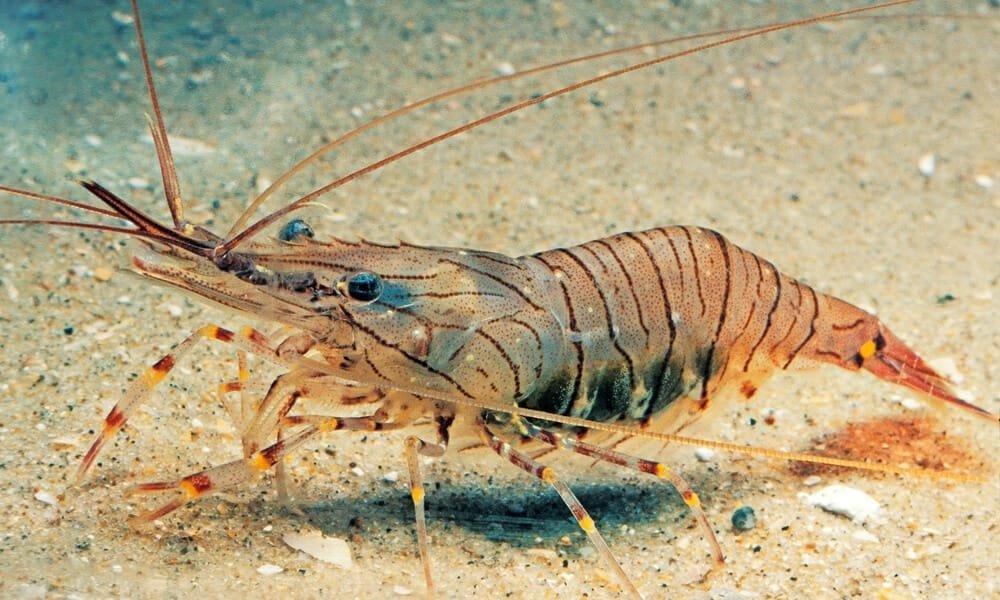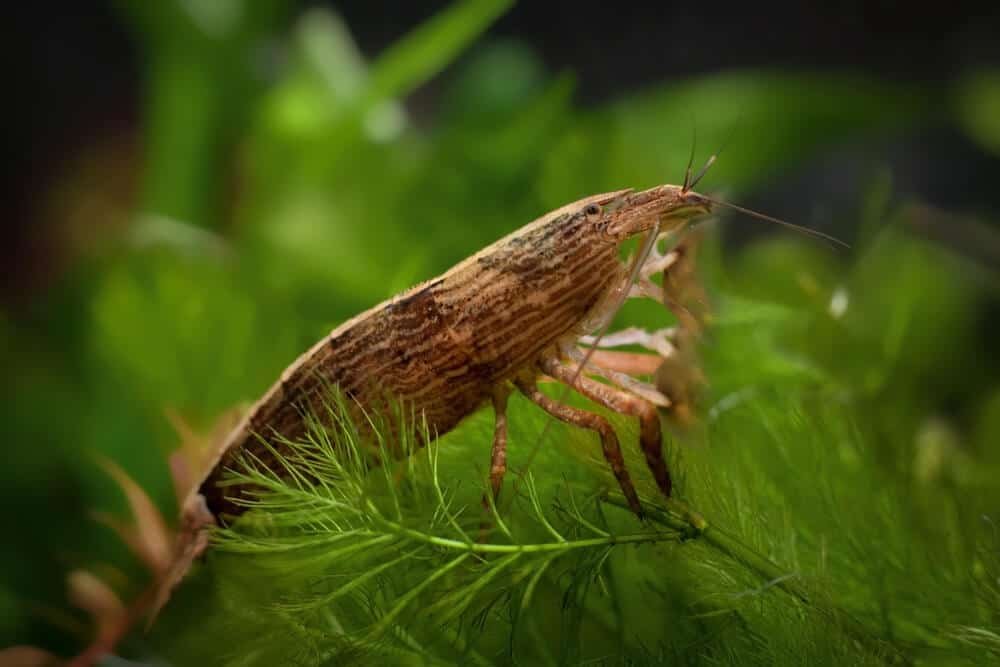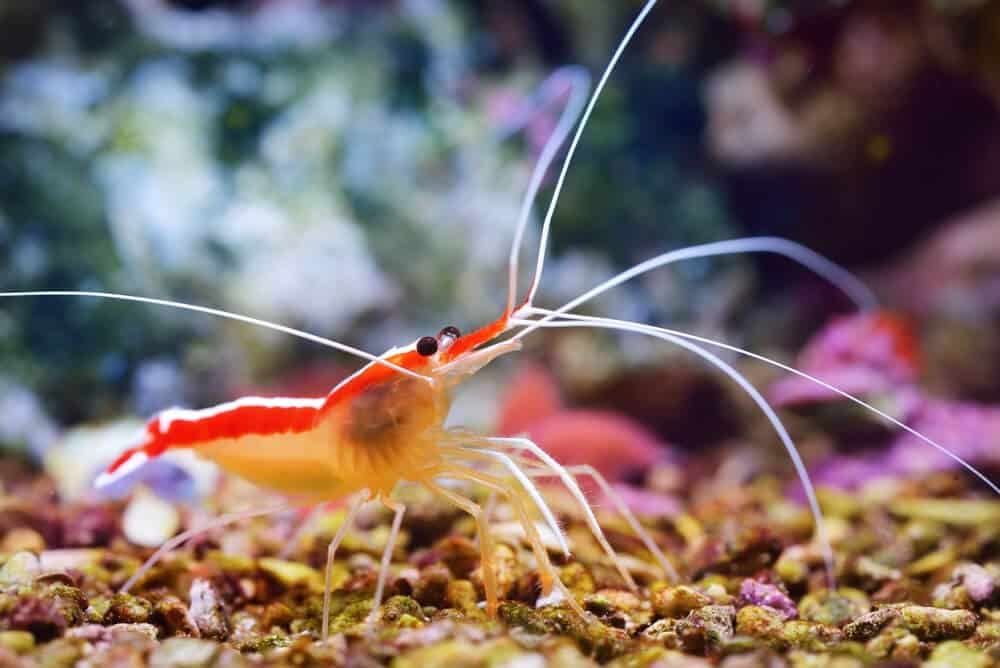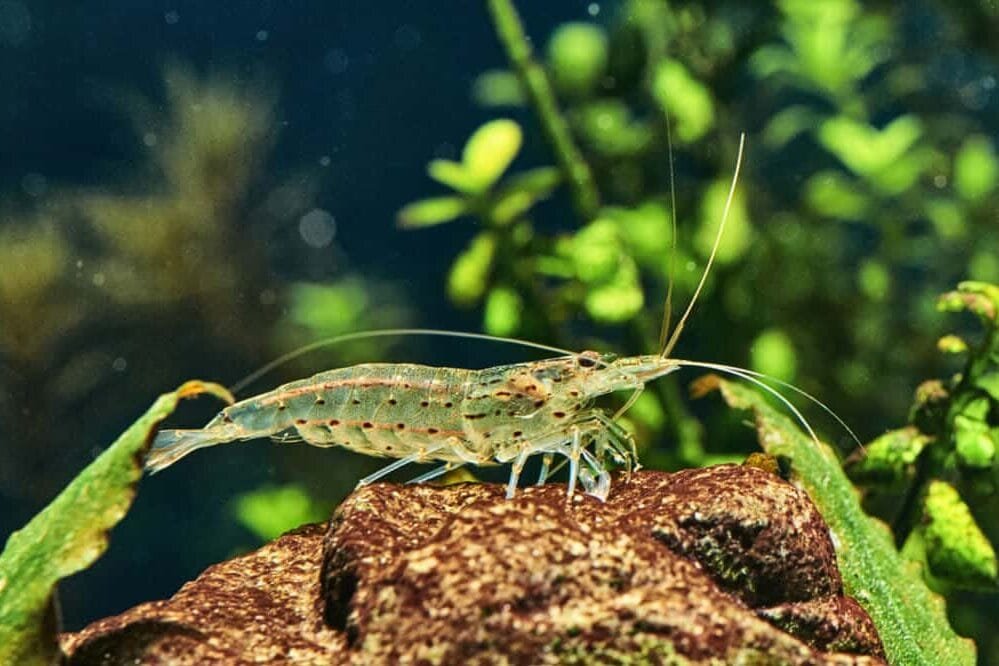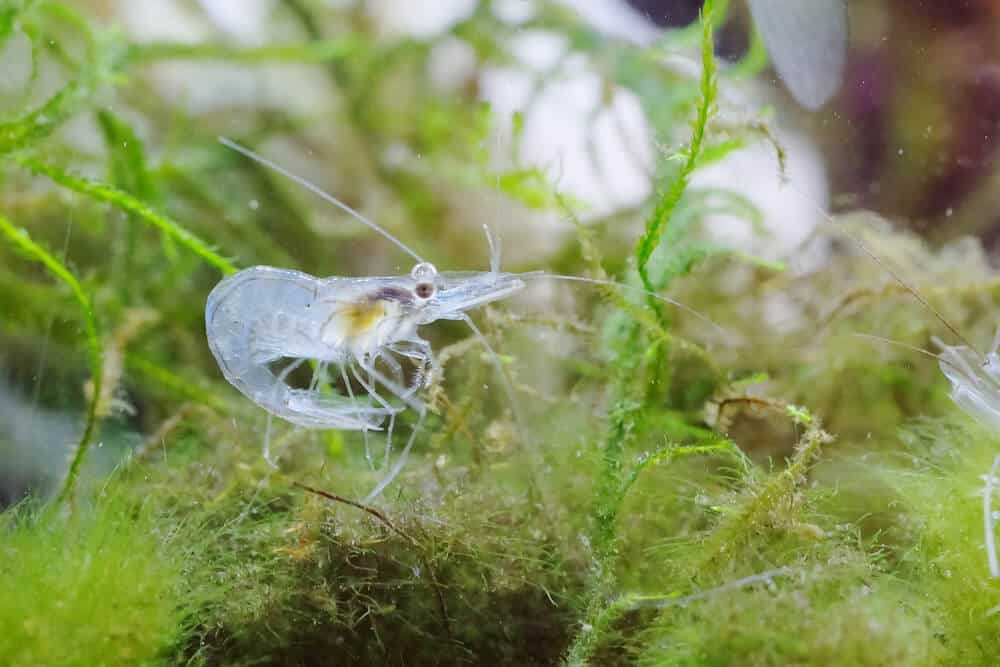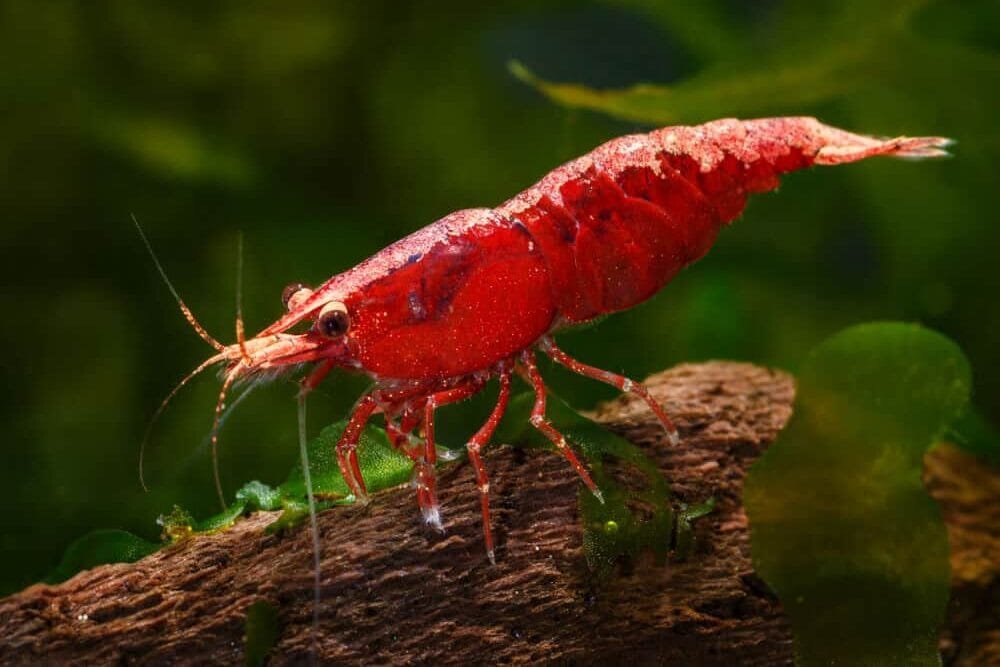Peppermint Shrimp: Maintenance Tips and Habitat Essentials
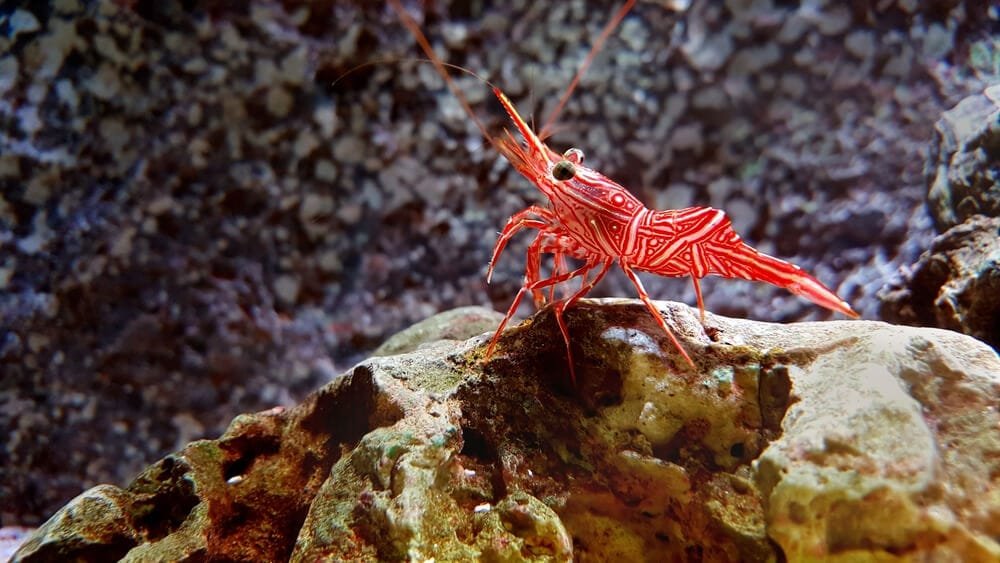
If you’re looking to add a splash of color and life to your marine aquarium, look no further than the fascinating Peppermint Shrimp. These vibrant and eye-catching creatures are not only beautiful to look at, but they also serve a valuable purpose in your tank. With their unique red and white striped bodies and friendly demeanor, Peppermint Shrimp are a popular choice among aquarium enthusiasts. They are known for their ability to help control unwanted pests, playing a vital role in maintaining the overall health and balance of your aquarium ecosystem. Dive into the world of Peppermint Shrimp and discover how they can be the perfect addition to your underwater oasis.
Overview
What are Peppermint Shrimp?
Peppermint Shrimp, scientifically known as Lysmata wurdemanni, are small marine crustaceans that belong to the family Hippolytidae. These shrimp are widely recognized and sought after for their vivid colors and their ability to act as natural pest controllers in saltwater aquariums. With their striking red and white stripes, Peppermint Shrimp can add a vibrant touch to any marine tank.
Appearance
Peppermint Shrimp have a distinctive appearance that sets them apart from other shrimp species. They are relatively small, typically measuring between 1 to 2 inches in length. Their bodies are elongated and slender, with two pairs of antennae and long, delicate front claws. The most remarkable feature of Peppermint Shrimp is their beautiful coloration. They exhibit bold red and white stripes that alternate along their bodies, creating an eye-catching pattern that is sure to captivate any observer.
Habitat
Peppermint Shrimp are native to the warm waters of the Caribbean Sea and the Gulf of Mexico. They can often be found near coral reefs, where they seek shelter in the crevices and hiding spots provided by the intricate reef structures. These shrimp are particularly fond of areas with an abundance of live rock, which offers them both shelter and an ample supply of food.
Behavior
When it comes to behavior, Peppermint Shrimp are known to be quite peaceful creatures. They are primarily nocturnal, meaning they are more active during the nighttime hours. During the day, they can often be found hiding in the safety of the reef structures or burrowing into the sandy substrate. Peppermint Shrimp are omnivorous scavengers, feeding on a variety of food sources such as detritus, algae, and small invertebrates. They are generally non-aggressive towards other tank inhabitants, making them a popular addition to community aquariums.
Benefits
Natural Pest Control
One of the key benefits of keeping Peppermint Shrimp in your saltwater aquarium is their remarkable ability to serve as natural pest control agents. These shrimp feed on small invertebrates, including harmful creatures such as small bristle worms, pyramidellid snail eggs, and even Aiptasia anemones, which are notorious for their destructive qualities. By introducing Peppermint Shrimp into your tank, you can help maintain a healthier and more balanced ecosystem by keeping these undesirable pests in check.
Cleaning Crew for Aquariums
Peppermint Shrimp are considered an essential part of the “cleaning crew” for marine aquariums. They have a knack for scavenging leftover food particles, algae, and detritus that can accumulate in the tank. Their foraging activities help promote a cleaner and healthier environment, reducing the risk of potential water quality issues. By actively combing through the nooks and crannies of the tank, Peppermint Shrimp play a crucial role in maintaining optimal aquarium conditions.
Coral Reef Health
Beyond their pest control abilities, Peppermint Shrimp also contribute to the overall health of coral reef ecosystems. They serve as important cleaners, picking off parasites and dead skin cells from larger reef inhabitants such as fish and corals. By reducing the parasite load on these organisms, Peppermint Shrimp indirectly support the growth and vitality of the reef. Their presence in the aquarium can help replicate the natural cleaning processes that occur in the wild, benefiting both the captive marine life and the coral reef as a whole.
Care and Maintenance
Tank Size and Requirements
To provide a suitable habitat for Peppermint Shrimp, it is essential to have an adequately sized aquarium. A tank with a capacity of at least 20 gallons is recommended to ensure that the shrimp have sufficient space to explore and establish their territories. It is crucial to provide ample hiding places, such as live rock structures, so that the shrimp feel secure and can retreat when needed. The tank should also have a well-maintained filtration system to maintain optimal water quality, as Peppermint Shrimp are sensitive to fluctuations in water parameters.
Feeding
Peppermint Shrimp are relatively easy to feed in a captive environment. They are omnivores and will accept a variety of food sources. It is recommended to offer them a balanced diet consisting of high-quality marine flake or pellet food, as well as frozen or live foods such as brine shrimp or mysis shrimp. Additionally, the shrimp will also graze on algae and detritus present in the tank. Supplementing their diet with calcium-rich foods is beneficial for their overall health and helps support molting, a vital process for their growth.
Compatibility with Other Species
Peppermint Shrimp are generally peaceful and can coexist with a wide range of tank inhabitants. They are considered safe for most fish, corals, and other invertebrates. However, it is important to avoid pairing them with aggressive or predatory species, as they may become targets of aggression. Additionally, caution should be exercised when introducing Peppermint Shrimp to tanks with extremely small or delicate species, as the shrimp’s foraging activities may unintentionally disturb or harm their tank mates.
Proper Acclimation
When introducing Peppermint Shrimp to your aquarium, it is crucial to acclimate them gradually to prevent stress and ensure a smooth transition. This involves slowly adjusting the shrimp to the water chemistry and temperature of their new environment. The process typically involves floating the shrimp’s bag in the aquarium for around 15 minutes to allow the water temperatures to equalize. Subsequently, small amounts of the aquarium water can be added to the bag at regular intervals to help the shrimp acclimate to the tank’s water chemistry. Once adequately acclimated, the shrimp can be gently released into the tank.
Breeding
Reproductive Behavior
Peppermint Shrimp have been successfully bred in captivity, although it can be a challenging and time-consuming process. Breeding typically occurs when a male and female pair is introduced into a well-established aquarium. Courtship behavior includes intricate dances and visual displays by the male, which help attract the female. Once mating is successful, the female will release her eggs, which are then transferred to the male’s soft pleopods for fertilization. The fertilized eggs are then carried by the male until they hatch.
Tank Setup for Breeding
Creating a suitable tank setup for breeding Peppermint Shrimp involves replicating their natural habitat as closely as possible. This includes providing an environment with ample hiding places, such as live rock, where the larvae can seek shelter and hide from potential predators. The tank should also have stable water parameters and appropriate lighting. It is crucial to maintain pristine water conditions to ensure the successful development of the shrimp larvae.
Rearing the Larvae
Rearing the larvae of Peppermint Shrimp can be quite challenging, as they have specific requirements during their early stages of development. The larvae require microscopic food sources, such as phytoplankton and zooplankton, which should be readily available in the rearing tank. Additionally, maintaining optimal water quality and temperature is of utmost importance. Culturing live food sources and providing a consistent feeding schedule are vital to ensuring the survival and growth of the larvae. Patience and attention to detail are key when attempting to breed and rear Peppermint Shrimp in a captive environment.
Common Issues
Aggression towards other Shrimp
While Peppermint Shrimp are generally peaceful, instances of aggression towards other shrimp species have been observed. This is particularly true when keeping multiple shrimp species in the same aquarium. It is essential to closely monitor the behavior of the shrimp and intervene if any signs of aggression are detected. Providing ample hiding places and ensuring sufficient space can help minimize aggressive interactions.
Diseases and Parasites
Peppermint Shrimp are generally hardy and resistant to diseases and parasites. However, like any other marine organism, they are not entirely immune. Common ailments that can affect Peppermint Shrimp include bacterial infections, parasitic infestations, and fungal diseases. Maintaining excellent water quality, avoiding sudden changes in water parameters, and quarantine protocols for introducing new tank inhabitants are essential preventive measures. Regular observation of the shrimp’s behavior and appearance can help detect any potential issues early on, allowing for prompt treatment.
FAQ
What do Peppermint Shrimp eat?
Peppermint Shrimp are omnivorous scavengers, feeding on various food sources. In a captive environment, they should be offered a balanced diet consisting of high-quality marine flake or pellet food, as well as frozen or live foods such as brine shrimp or mysis shrimp. Additionally, the shrimp will also graze on algae and detritus present in the tank.
How to identify males and females?
Distinguishing between male and female Peppermint Shrimp can be challenging, as they exhibit similar physical characteristics. However, females are generally larger and rounder than males, especially when carrying eggs. Additionally, during courtship, males display distinctive dances and visual displays to attract the attention of females.
Are Peppermint Shrimp reef safe?
Peppermint Shrimp are considered reef-safe, meaning they can coexist peacefully with most corals and other invertebrates. They will not harm or damage coral reefs, and their presence can even contribute to the overall health and cleanliness of the reef ecosystem.
